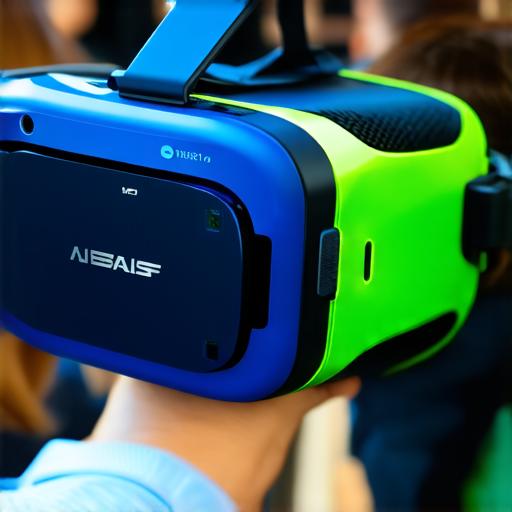Virtual reality (VR) refers to a computer-generated simulation that immerses users in an artificial environment. In the context of multimedia, VR is used to create interactive experiences that allow users to engage with multimedia content in new and exciting ways.
One way VR is being used in multimedia is for gaming. VR headsets allow players to step into a virtual world and interact with game objects in a more realistic way than traditional gaming methods. For example, a player could use hand-held controllers to pick up and move virtual objects, or they could physically duck and dodge to avoid obstacles.
In addition to gaming, VR is also being used for educational purposes. Teachers can use VR to create immersive simulations that allow students to learn about history, science, and other subjects in a more engaging way. For example, students could take a virtual tour of ancient Rome or explore the solar system using a 360-degree VR camera.
Virtual reality is also being used for training and simulation purposes. For example, doctors can use VR to simulate surgeries, allowing them to practice their skills in a safe and controlled environment. Similarly, pilots can use VR simulations to train for real-life flying scenarios.

Overall, virtual reality is an exciting new technology that has the potential to revolutionize the way we experience multimedia content. By providing users with immersive and interactive environments, VR allows them to engage with multimedia in ways that were previously impossible.
